Best Herbs To Plant Together In One Pot
Planting herbs together in one container is a beautiful way to have the herbs you need at your fingertips, but be sure the ones you choose are compatible with one another.

Amy Draiss
Tips For Planting Herbs Together In One Container
Almost everyone has space for a potted herb or two or even container herb garden combinations. Planting herbs together not only makes a planter look lush but is also a great way to maximize limited space. The question is what herbs work to plant together - what herbs grow well in the same container? Herbs that grow well together generally have similar growing requirements. Read on to learn what herbs grow well together in the same container.
Planting Herbs Together
Herbs are fairly resilient and can be container grown indoors, out in the garden or even together in a container outdoors. The important consideration when growing herbs together in a pot is to group like-minded herbs that have similar growing requirements. This means that herbs planted together should have similar soil, water, light, and fertilizer needs.
Soil and light are easy since all herbs require well-draining soil and all need 4-6 hours of sunlight, often more, per day. If you only have limited light, your best options are parsley, chives and mint. You can purchase a well-drained potting mix or create your own using equal parts peat moss and perlite.
Water requirements is where things get a little dicey since not all herbs require the same amount of water. Many are hardy and drought tolerant but not all of them. Choose like-minded herb groupings such as basil, tarragon and oregano, or lavender, rosemary and thyme – the former being tender herbs that require more irrigation and the latter more drought tolerant.
As far as fertilization goes, supplemental nutrients are not commonly needed however a bit of light, dilute fertilizer, especially for any potted herbs is beneficial.
What Herbs Can You Plant Together?
A couple of herb combinations have already been listed above but lemon verbena, dill and cilantro make a lovely combination and have the benefit of attracting beneficial insects that prey on pests.
Parsley, sage and chives do well together but parsley will pair nicely with any number of herbs such as basil, lavender, lemon balm, rosemary and thyme.
Gardening tips, videos, info and more delivered right to your inbox!
Sign up for the Gardening Know How newsletter today and receive a free copy of our e-book "How to Grow Delicious Tomatoes".
You can group herbs in combination to suit a repertoire such as Italian cuisine wherein you plant basil, oregano, parsley, rosemary, sage and thyme together.
You may want to group aromatic herbs such as chamomile, hyssop, lavender, lemon verbena, and pineapple sage.
The one herb that shouldn’t be mixed with other varieties is mint. Mint has a rather voracious habit and will likely take over the entire herb garden combination. If you group different members of the mint family together be aware that one will likely out-compete the others.
Problems Growing Herbs in a Container
The biggest problem when growing a combination of herbs together in a container is mis-gauging the container size. Many herbs can get quite large so allow them the room to grow and don’t crowd the pot with too many plants.
Always select a container with good drainage and use potting soil that is well-draining. Even though herbs are notoriously drought tolerant, those grown in containers will need more irrigation than those grown in the garden proper.
How to Plant a Combination Herb Container
The first thing you need for a combination herb planter is a container that’s large enough to accommodate maturing roots. It can be made of anything as long as it is sufficiently large enough and has drainage holes.
Select your herb combinations. They can be mixed or, for fun, tweaked with an unusual cultivar sporting colorful foliage or unique textures. Mix in edible flowers like calendula, dianthus, nasturtium, pansies or violas. Consider grouping cold-tolerant herbs such as lavender, parsley, rosemary, sage and thyme together which will continue to produce well into the fall.
Fill the container partially full with a good quality, well-draining potting soil. Remove the herbs from their pots and loosen their roots. Starting with the tall plants at the rear of the container, plant from tallest to shortest moving forward. Pack the soil around the roots to eliminate any air pockets.
Be sure to leave a bit of room at the top of the container to allow for ease of watering. You can top dress with mulch to aid in water retention or add a drip system to make watering a breeze; both are extremely helpful when dealing with large containers.
Check on the herb container daily to determine if it needs water or if plants need to be pinched back. Pinching herbs back helps them become full and bushy rather than leggy and rangy.
Although herbs rarely need it, a supplemental diluted fertilizer is helpful for those grown in containers. Feed container-grown herbs with a water-soluble organic fertilizer like fish emulsion or liquid kelp or with a slow-release, granular fertilizer.
Love Gardening Know How? Our latest book, The Complete Guide to Vegetable Gardening, is available now!
Perfect for the gardener in your life, or for your own coffee table, this book boasts 224 pages of high-quality pictures, expert tips, and easy-to-follow advice to get your vegetable garden growing its best. Look for it at these sellers, and wherever quality books are sold.

Amy Grant has been gardening for 30 years and writing for 15. A professional chef and caterer, Amy's area of expertise is culinary gardening.
- Amy DraissDigital Community Manager
-
 Looking For Plants To Give You The Soft And Fuzzies? Try These 5 Fuzzy Leaf Plant Options
Looking For Plants To Give You The Soft And Fuzzies? Try These 5 Fuzzy Leaf Plant OptionsLovers of texture, drama, silver foliage and tactile plants will adore these special sensory garden additions. These fuzzy leaf plant options will leave you all aglow
By Susan Albert
-
 Get Ready For A Summer Of Hummers! Grow These Full Sun Hummingbird Plants and Flowers
Get Ready For A Summer Of Hummers! Grow These Full Sun Hummingbird Plants and FlowersIf you’re lucky enough to enjoy a sunny backyard, make sure you are maxing out on your pollinator opportunities and grow these full sun hummingbird plants and flowers
By Tonya Barnett
-
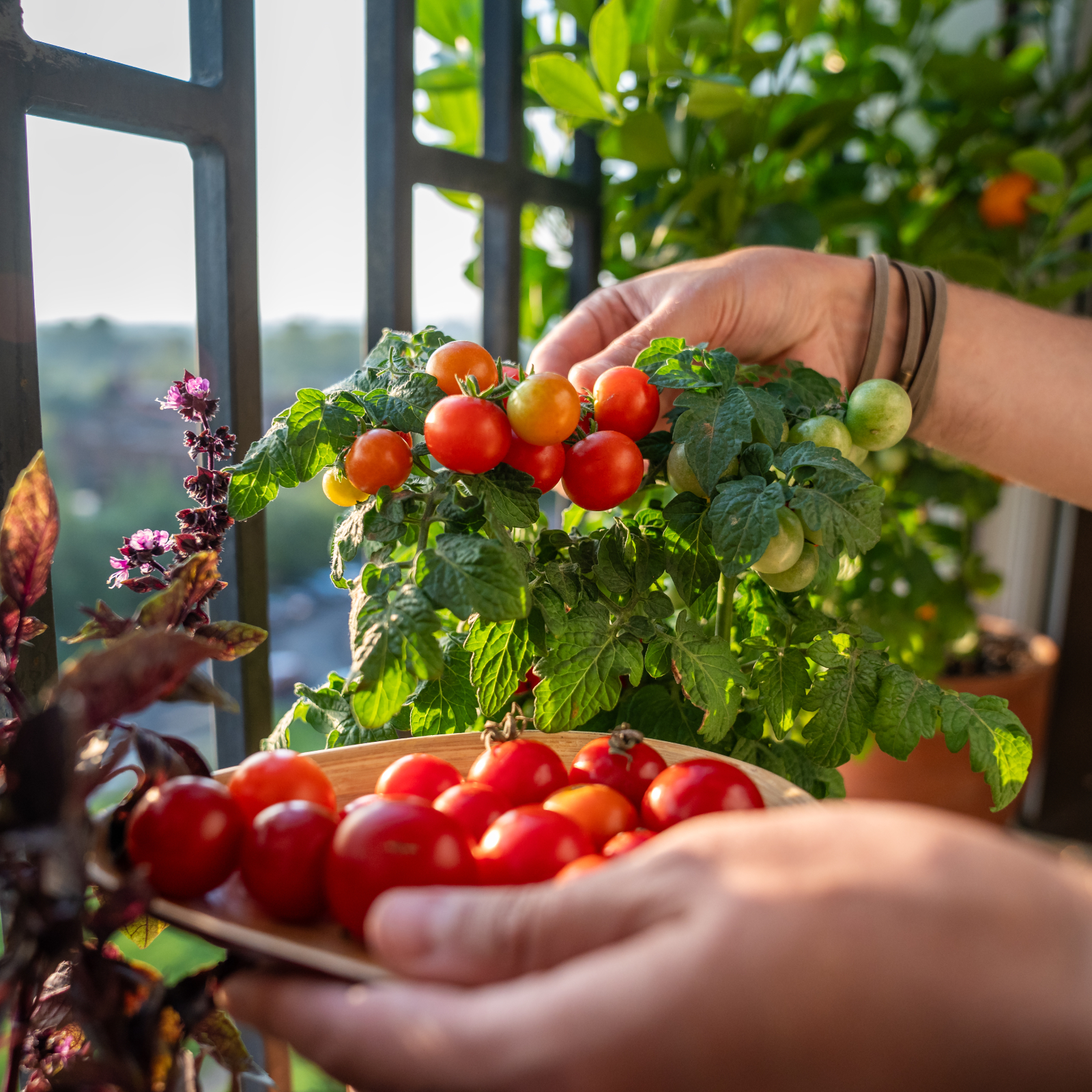 Best Tomatoes For Containers: 10 Tastiest Varieties For Plentiful Produce In Compact Areas
Best Tomatoes For Containers: 10 Tastiest Varieties For Plentiful Produce In Compact AreasThese are the best tomatoes for containers that prove you don't need to have a large space or elaborate garden to grow delicious produce.
By Bonnie L. Grant
-
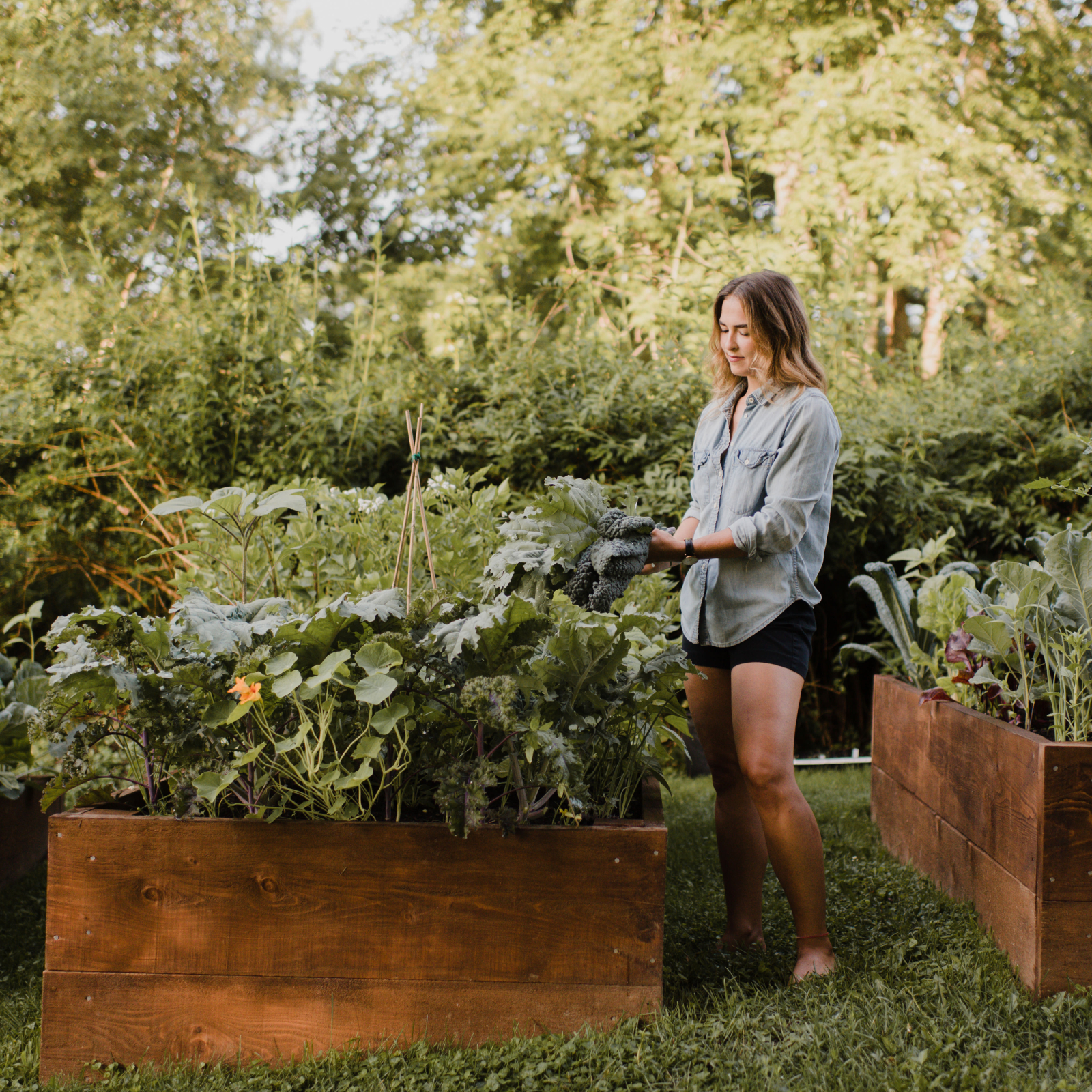 Raised Bed Garden Layout Ideas To Maximize Your Vegetable Harvest
Raised Bed Garden Layout Ideas To Maximize Your Vegetable HarvestCurious how to maximize your vegetable garden this year? Try these raised bed layout ideas and tips to get the most out of your space.
By Teo Spengler
-
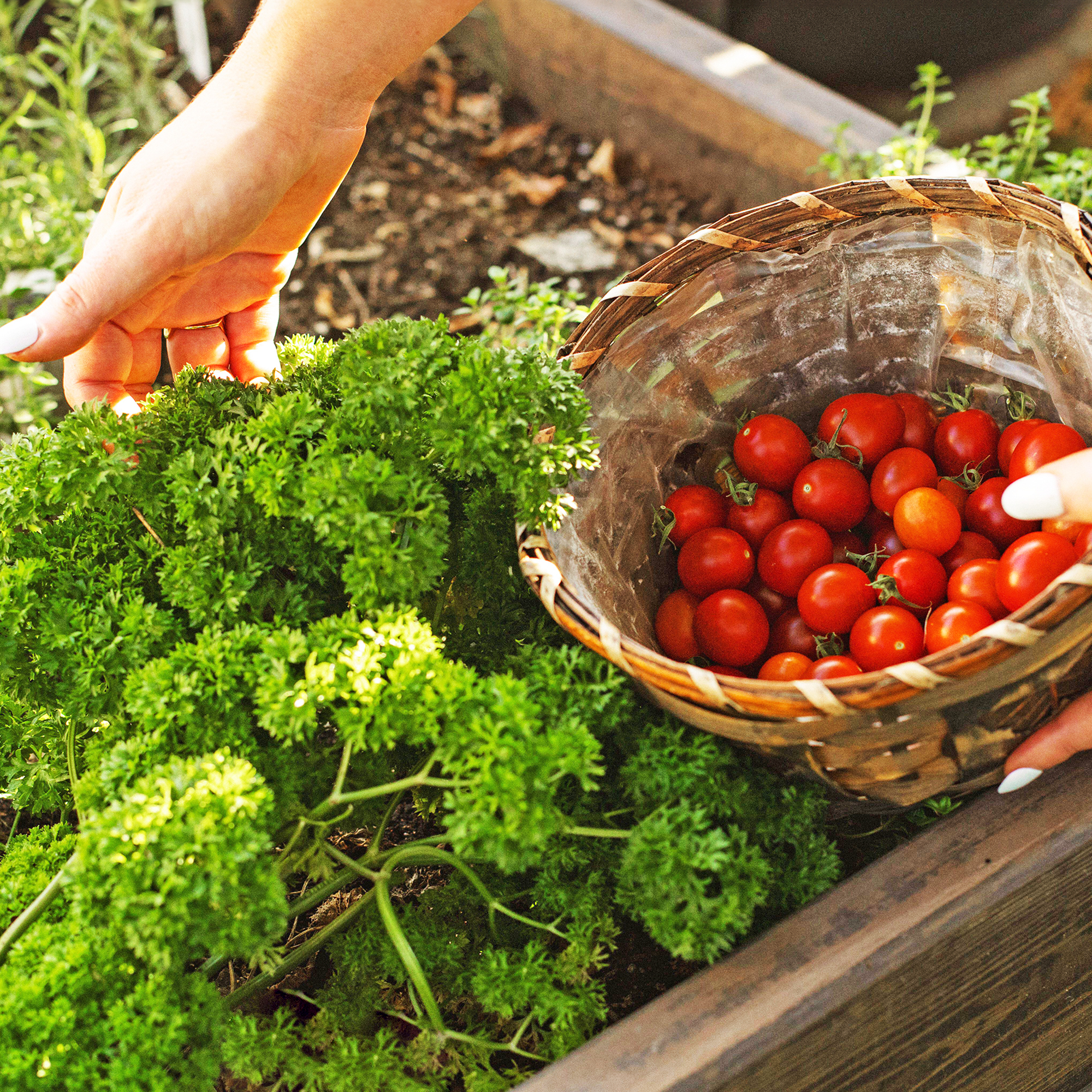 Best Herbs To Plant With Tomatoes: 6 Perfect Companions For Better Flavor & Bigger Harvests
Best Herbs To Plant With Tomatoes: 6 Perfect Companions For Better Flavor & Bigger HarvestsCertain herbs make excellent neighbors to tomatoes in the vegetable garden, repelling pests, keeping down weeds, and enhancing flavor. Try these top varieties.
By Mary Ellen Ellis
-
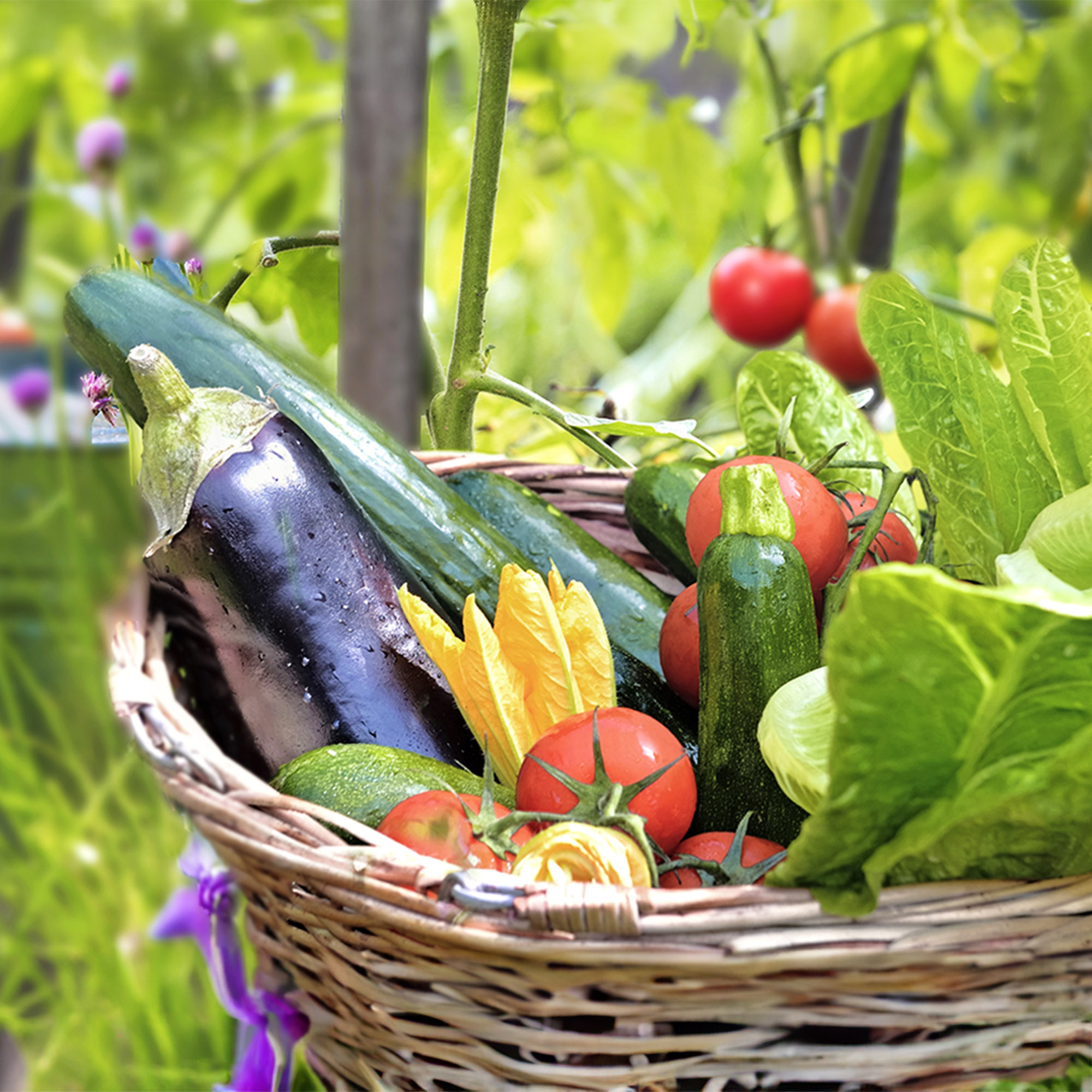 7 Best Vegetables To Plant In February – And Start Harvesting From Early Spring
7 Best Vegetables To Plant In February – And Start Harvesting From Early SpringGet a head start on your garden with these delicious veggies. Plant now and you can begin enjoying home-grown harvests sooner than you think.
By Mary Ellen Ellis
-
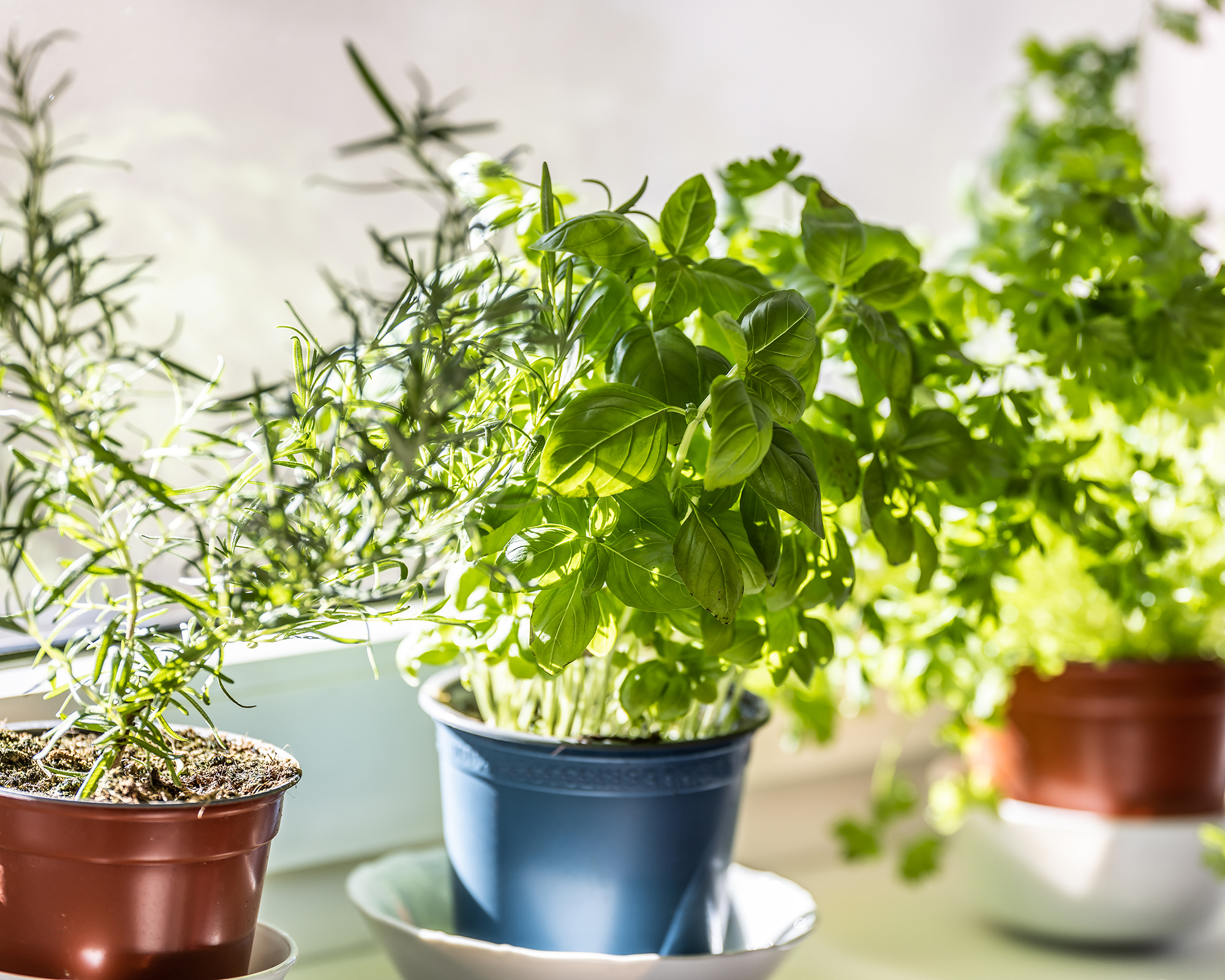 How To Grow A Windowsill Full Of Veggies This Winter, According To A Top Gardening Expert
How To Grow A Windowsill Full Of Veggies This Winter, According To A Top Gardening ExpertAward-winning journalist and climate-resilient gardening expert Kim Stoddart reveals her top plant picks and tips for a productive winter windowsill garden.
By Kim Stoddart
-
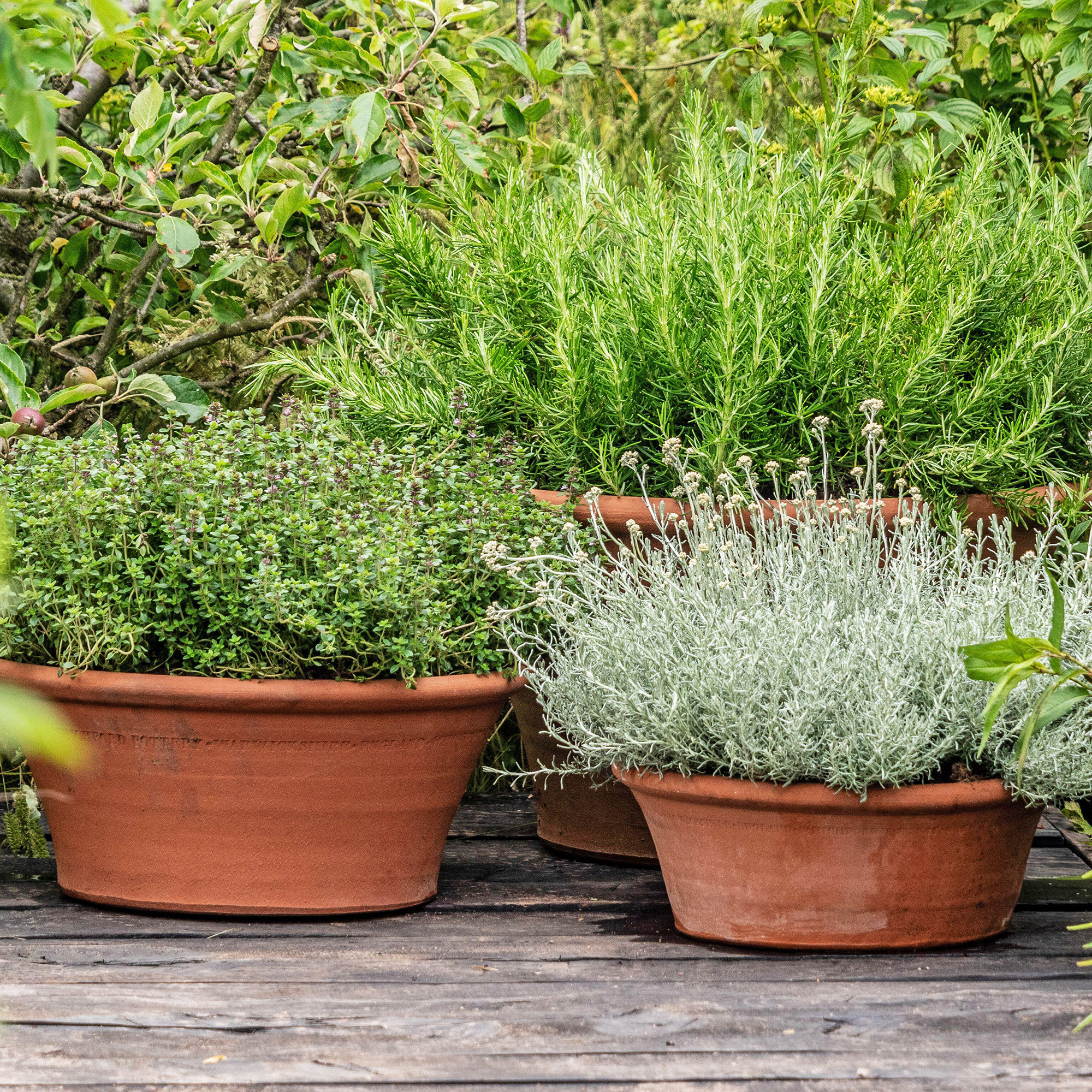 7 Perennial Herbs Perfect For Pots – Enjoy Aromatic Patio Harvests Year After Year
7 Perennial Herbs Perfect For Pots – Enjoy Aromatic Patio Harvests Year After YearDiscover the best perennial herbs to grow in pots. Ideal for small spaces, these low-maintenance plants offer year-round flavor and greenery on your patio.
By Bonnie L. Grant
-
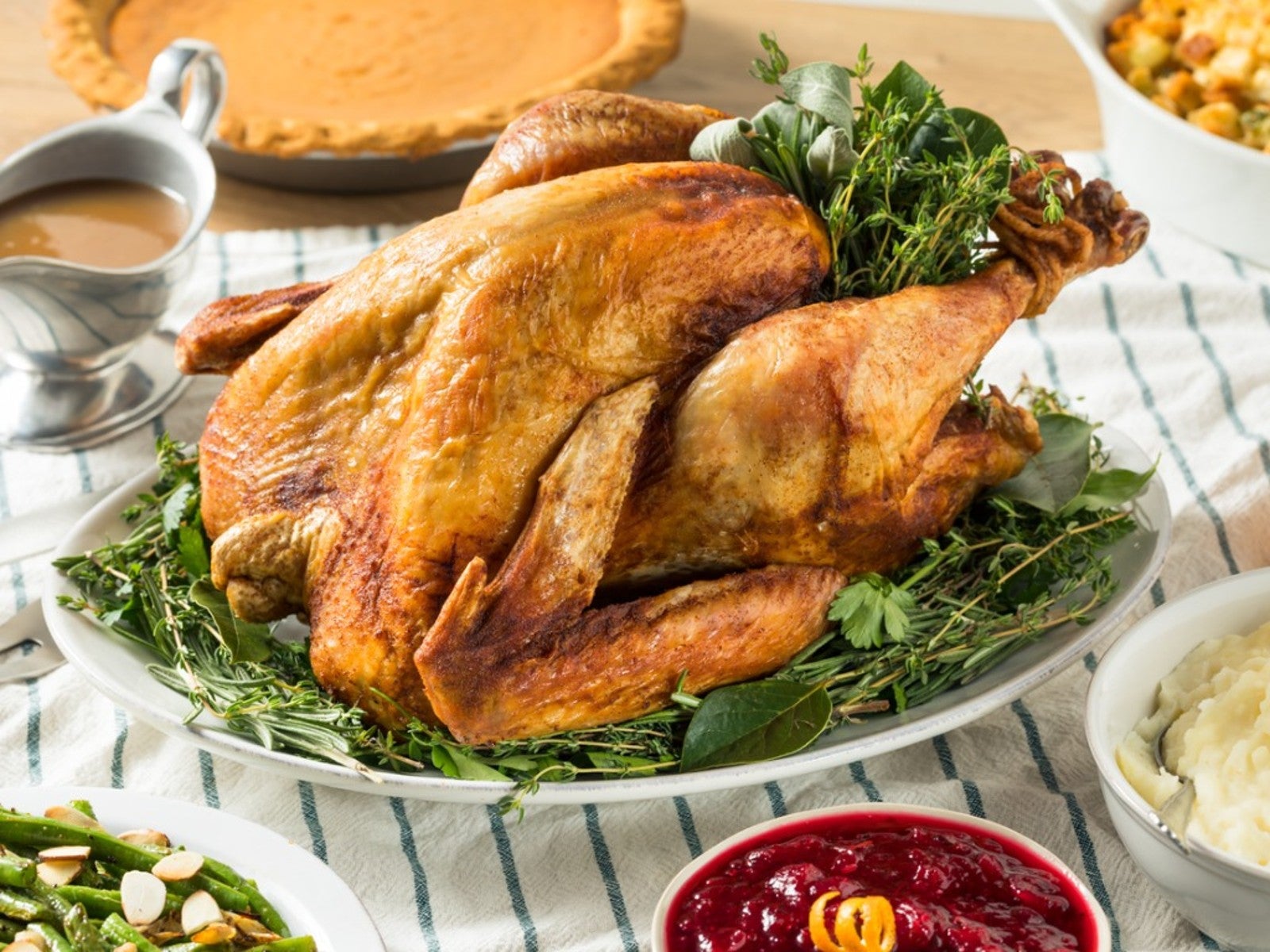 Grow Tasty Herbs For Roast Turkey In Your Garden
Grow Tasty Herbs For Roast Turkey In Your GardenCan you season your turkey with herbs you grow in your own garden? Yes! Click to learn more.
By Amy Grant
-
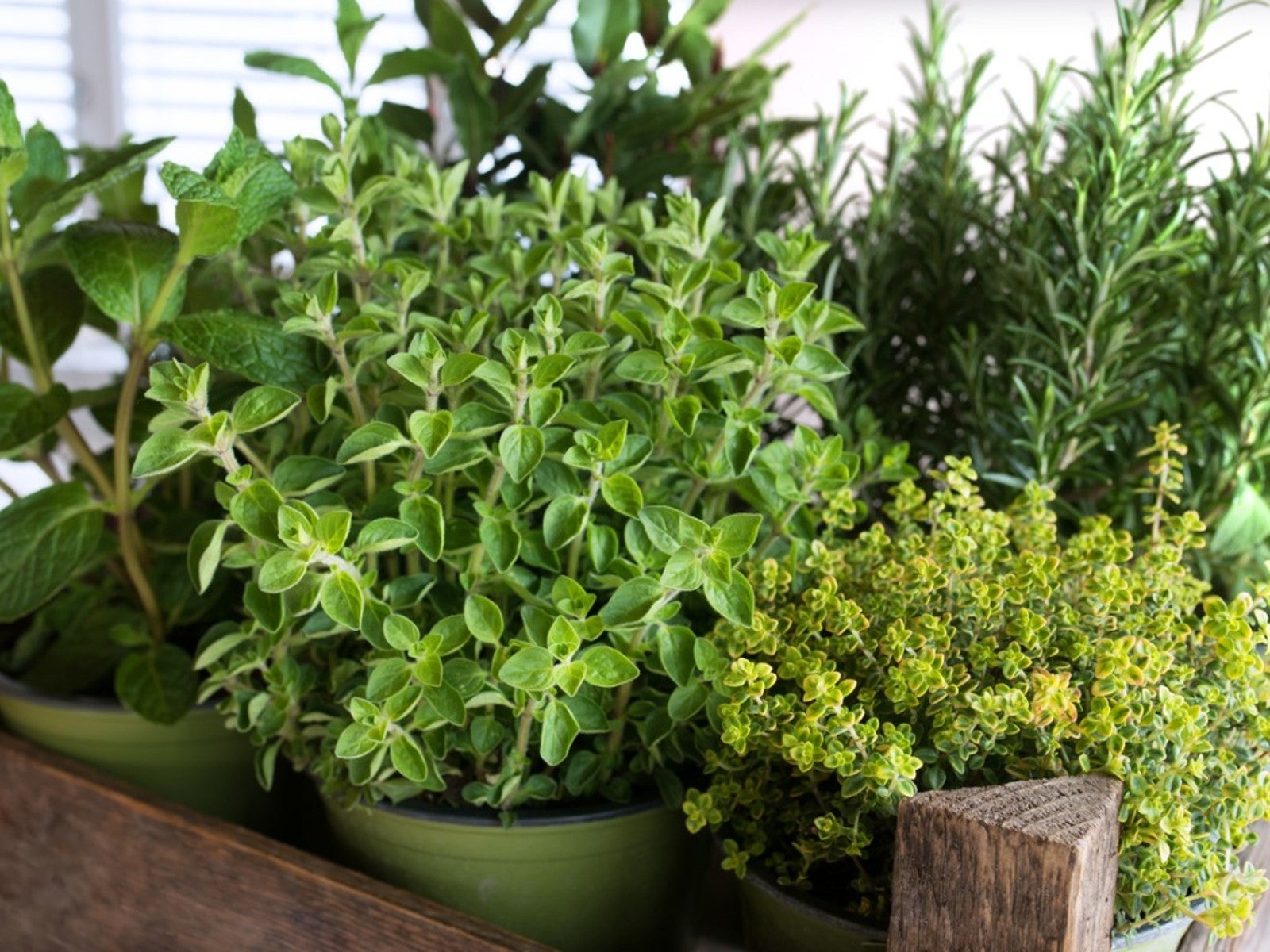 10 Easy Herbs For Beginners
10 Easy Herbs For BeginnersIf you’re new to herb growing, there are some perfect beginner herbs that are low maintenance and easy. Here are our top ten.
By Mary Ellen Ellis